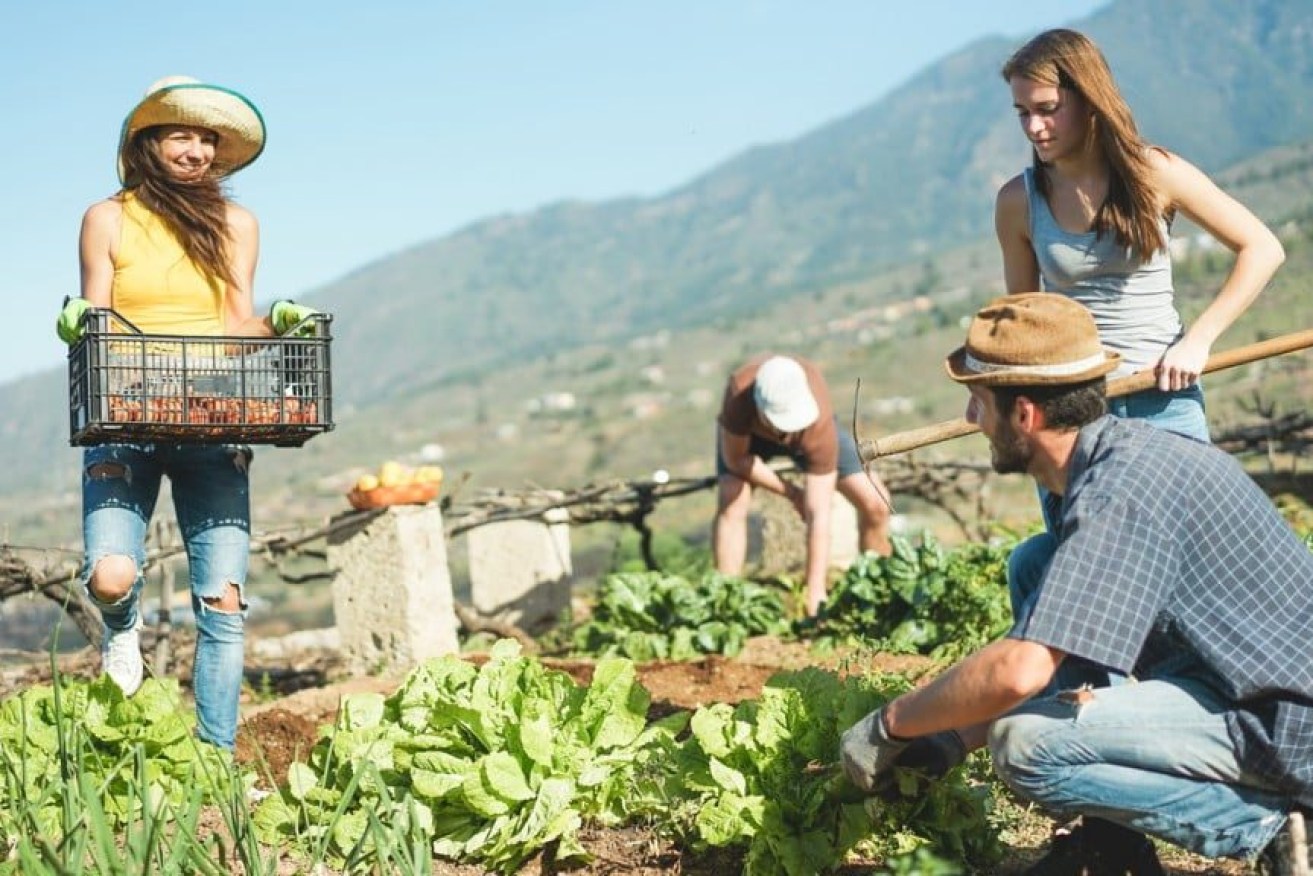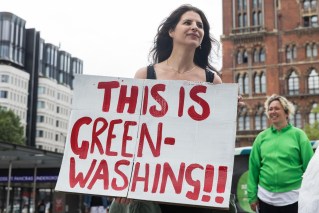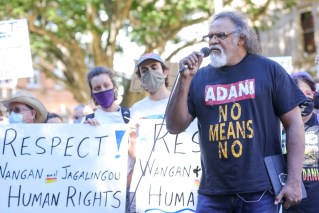Regions booming but gender pay gap means women are still missing out
Regional Queensland is basking in an economic resurgence that has produced record job creation in places like Cairns and Townsville.


A report has found there are as many as 40,000 'modern day slaves' in Australia. (photo: Go Study Australia)
Economist Gene Tunny said the jobs turnaround in Townsville had been remarkable considering the city’s unemployment rocketed to 11 per cent (trend) in 2019.
But there were places where disadvantage remained entrenched and Tunny, who will speak at the Brisbane Club Economics in Conversation event on Tuesday, pointed to Logan-Beaudesert, the Outback and Wide Bay as areas that had not seen the employment gains enjoyed by other parts of regional Queensland.
“I suspect this is partly related to the disproportionate numbers of disadvantaged people living in these regions, including indigenous and low-skilled, long-term unemployed people,” Tunny said.
“Structural change, including a declining manufacturing sector and mechanisation in agriculture reducing the need for on-farm labour, are also probably relevant.”
Townsville’s trend unemployment is at 3 per cent, according to the Conus-CBC Staff Selection analysis, while the jobless rate in Cairns sits at 4.8 per cent and economist Pete Faulkner has recently pointed to a surge in participation in both regions.
However, Logan and Ipswich sit at 6.5 per cent and 6.9 per cent respectively, according to Faulkner’s data. Central Queensland unemployment is at 3.1 per cent while the Darling Downs Maranoa is at 7.9 per cent. The Queensland Outback has trend unemployment of 11.9 per cent.
However, the state’s gender pay gap has also been found to be worse than the national average.
According to Aware Super, Queensland women were earning $283.20 less than men for the same job. The pay gap is 15.6 per cent in Queensland compared with the national average of 14.1 per cent.
Aware said women had to work an extra 67 days to achieve the same level of income as men and on current projections it would take 168 years to achieve parity.












